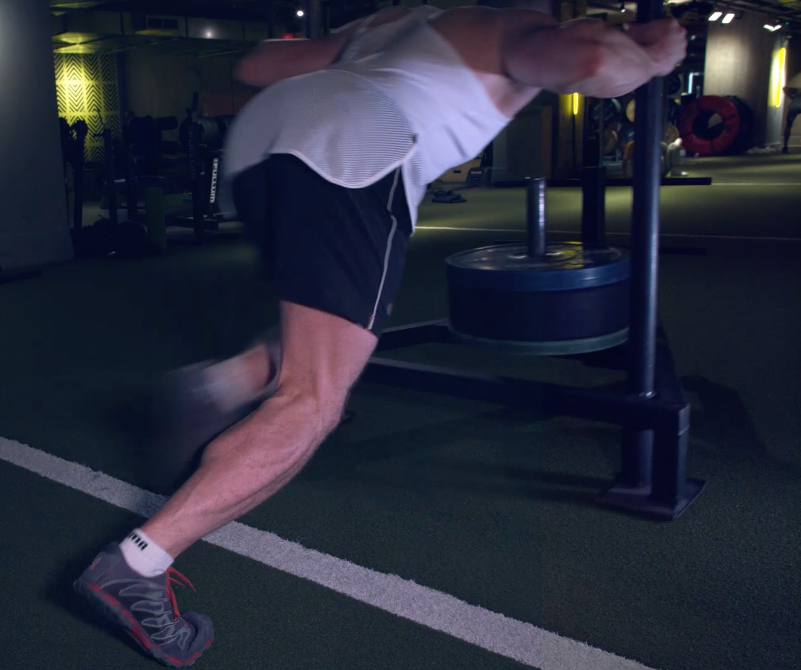Many people believe exercising on an empty stomach is a sure way of stripping fat, but the evidence in favour of fasted cardio is less than clear
The thinking behind fasted cardio is that restricting your food creates a situation whereby there are no carbohydrate stores to burn for energy.
As a result, some assume that your body turns to fat for fuel instead. While this may sound plausible, it’s not that simple in practice.
Your body doesn’t pinpoint a single source of energy. You can’t rely solely on carbs or fat. The body is fuelled by a combination of the two and protein.
Losing fat is a long term process, achieved over a period of days, weeks and months. Obsessing over hourly balances makes little sense.
The main benefit of fasted cardio is in creating a calorie deficit. If a 30-minute morning session helps you burn an additional 200 calories, this could prove the difference between losing weight or not.
Excessive cardio can come at a cost to your muscle mass, too. Training on an empty stomach increases the amount of muscle tissue that is used for fuel. What is the point in losing what you’ve worked hard for in the weights room?
Working out when fed is arguably a better method for burning body fat – a fact that stands up to science.
According to the University of Arkansas, working out when fed actually burns more total calories than training in a fasted state.
You may be thinking ‘how does that work?’ if the food adds calories in the first place. Consider your body like a car. It won’t run on empty.
If you’re interested in training with the right intensity to get fitter and burn fat, your body needs sufficient food for fuel. For more on losing weight the right way, read JOE’s Ditch the Dad Bod plan.










































